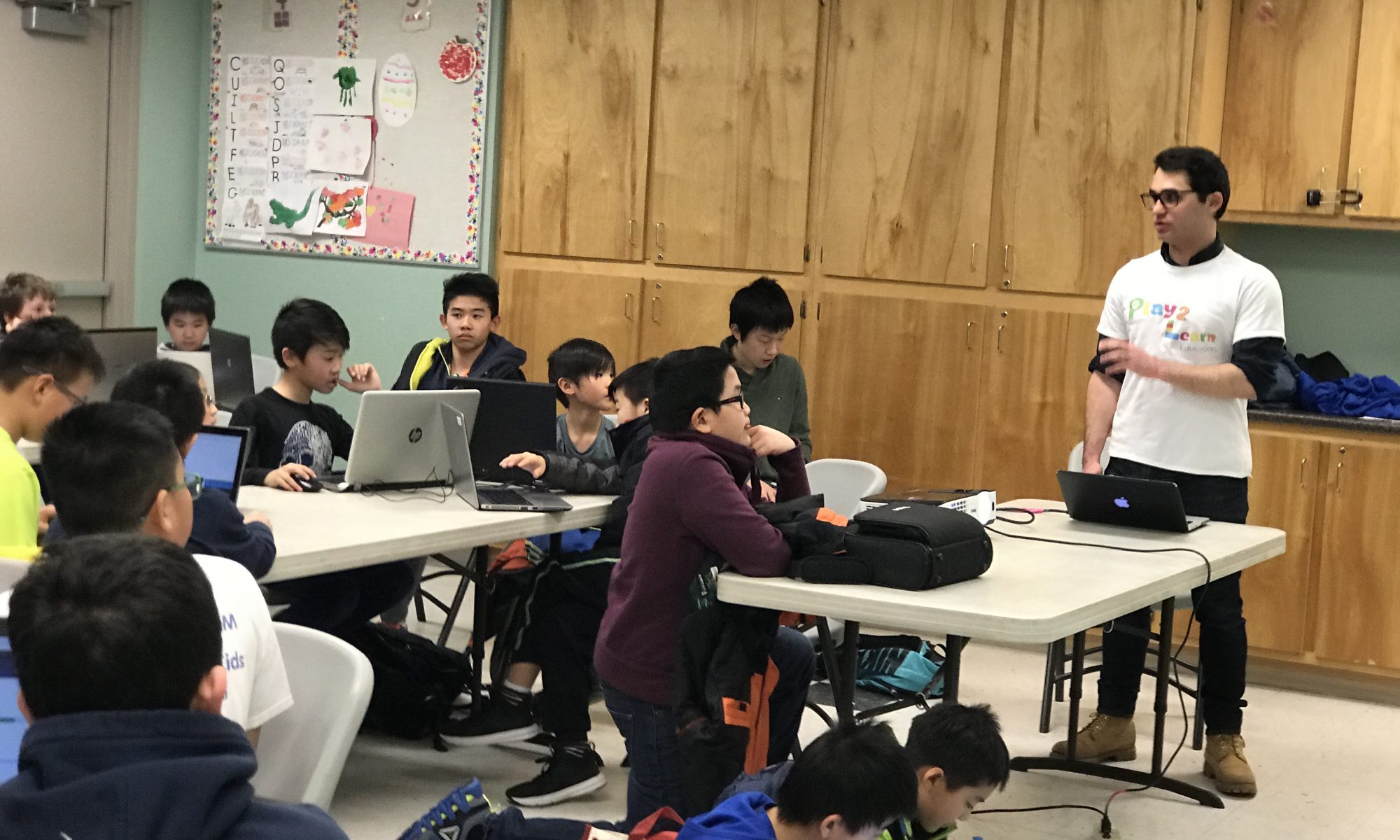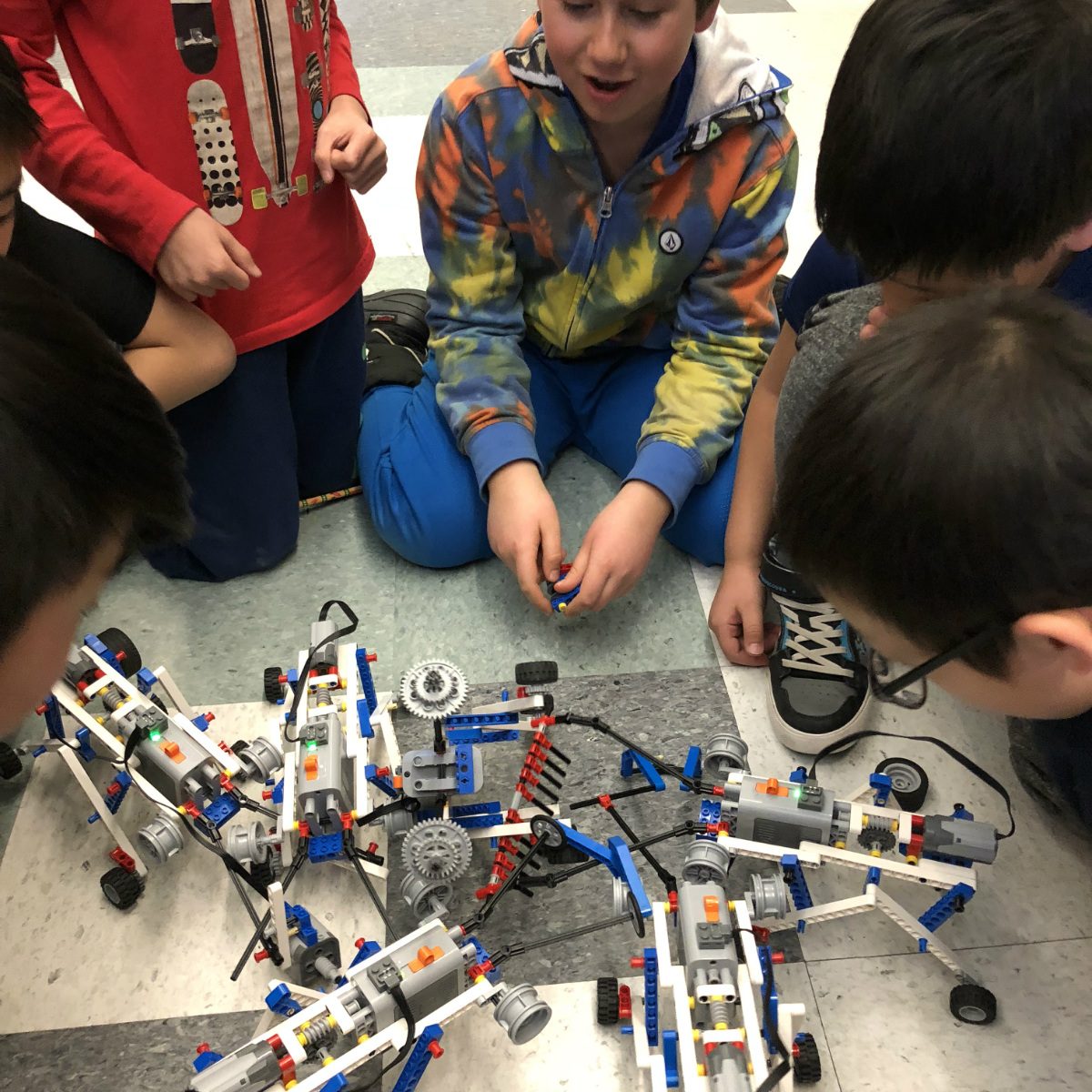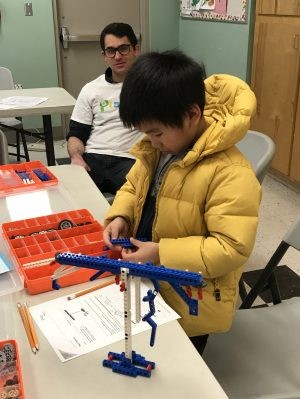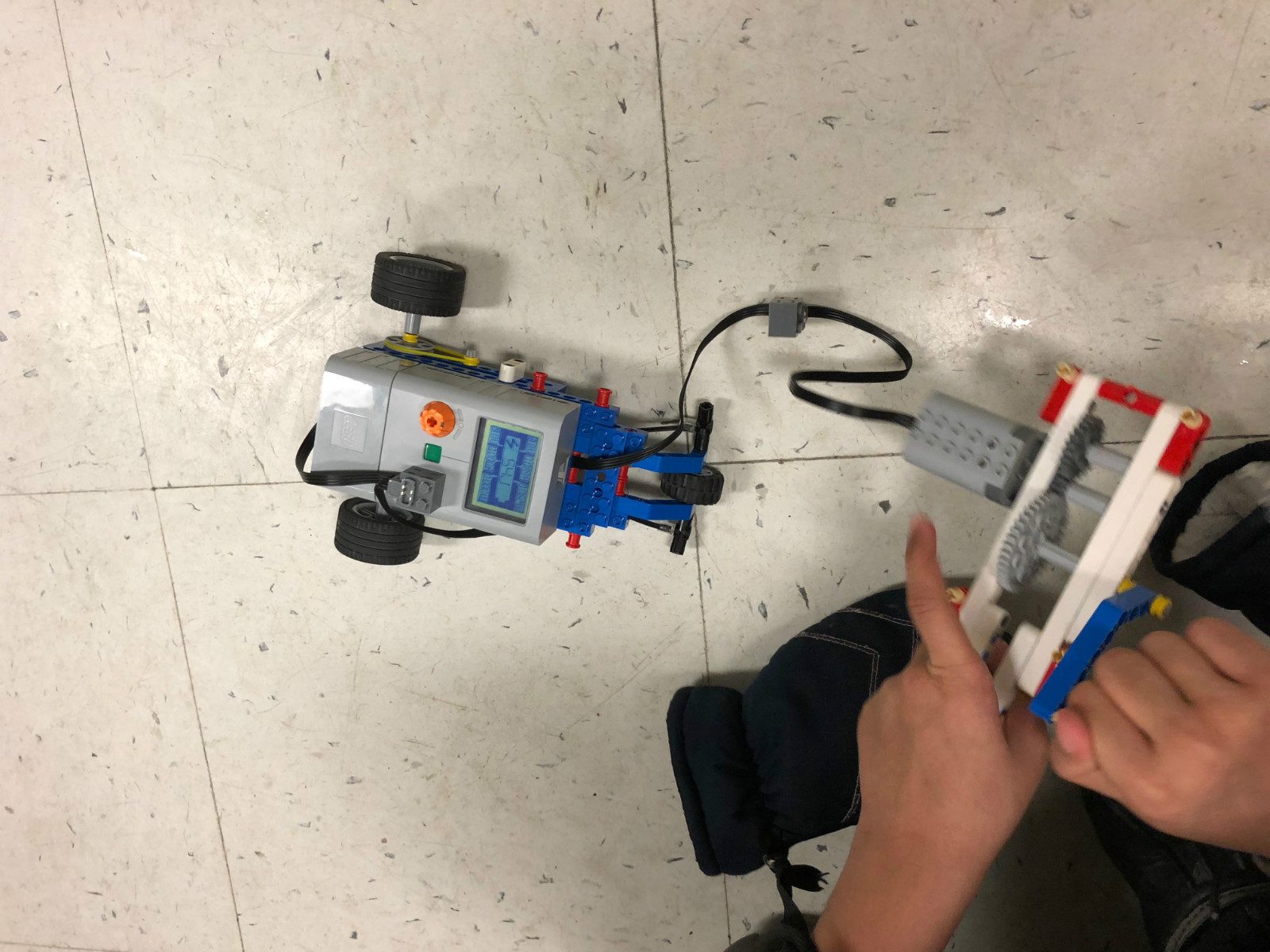The topic of today is the windmill. The students built a windmill to learn the energy conversions between wild energy and rotational energy by the blade mechanism. Windmills were used to mill grain, pump water in the history, but the majority of modern windmills take the form of wind turbines used to generate electricity, or wind pumps used to pump water. In the class, we used a weight as water to mimic the pumping water process. The STEM information behind this section is the energy transformation as well as force and motion concepts.
All students finished the model and conducted tests with a different level, they enjoyed the class. The ability level of the students vary, thus it needs to arrange them wisely to make sure all of them can at least finish the model building part.














